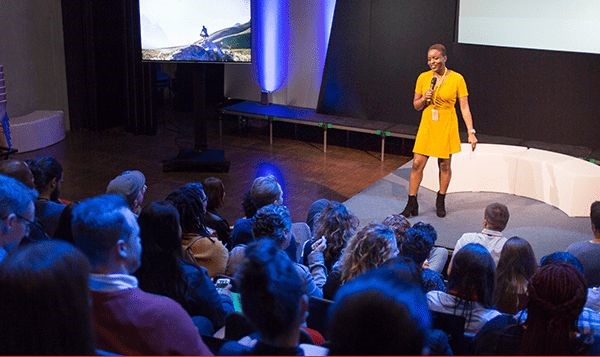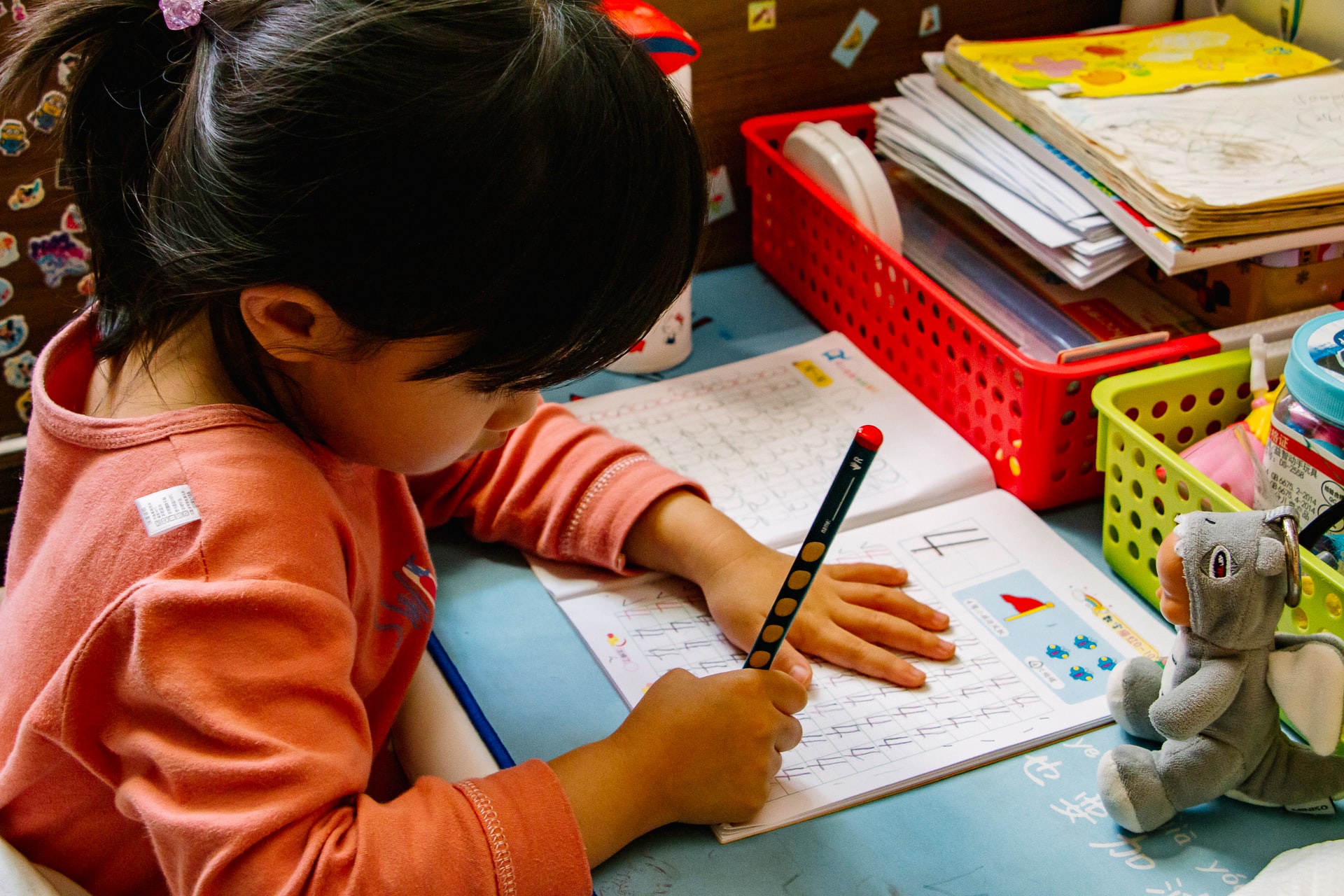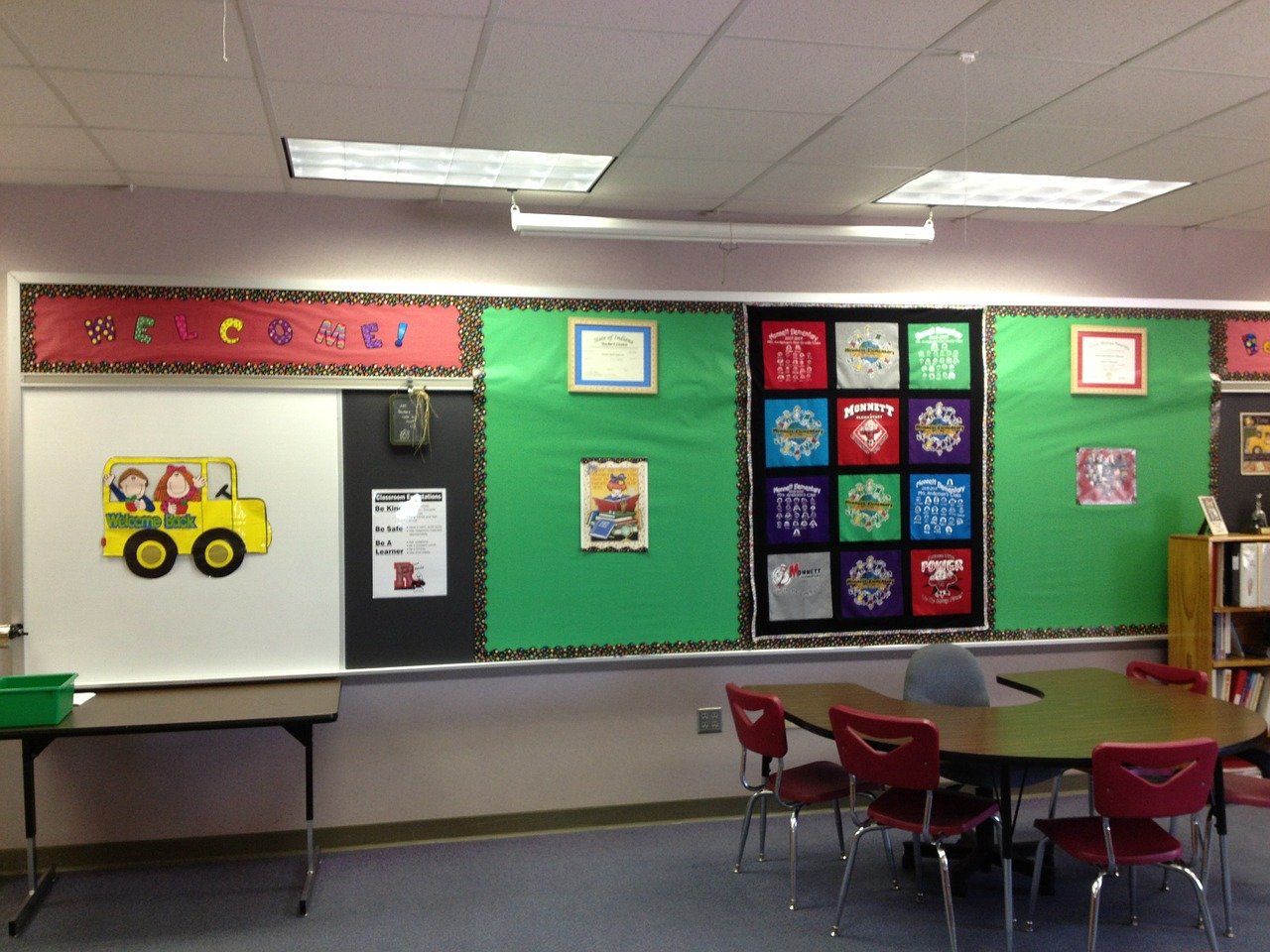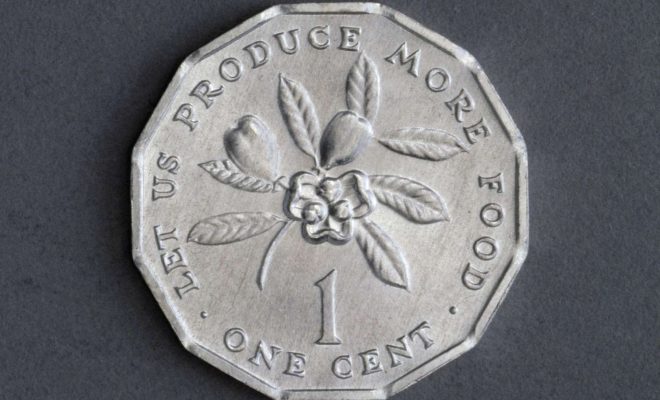Teaching Math to Preschool Students

Mathematics is a subject that evokes fear in most kids. Letters, numbers, and algebraic formulas bearing no similarity with their daily lives baffle the kids. Yet, making them learn the fundamentals of mathematics at an early age could wipe out their anxiety toward the subject and pave the way for a firm foundation in the future.
Preschool is a perfect time to start teaching the fundamentals of mathematics to the child. Parents and educators can use some of these creative ideas to make learning math a fun and entertaining experience, which will help the child have a more positive relationship with numbers in the future.
Weave Math Subtly into the Kid’s Daily Routine
Snack time gives you the ideal opportunity to blend math into the routine. As preschoolers have just started mastering counting up the numbers up to ten or twenty, you can ask the child to count the number of animal crackers they get. By making the child count to twenty every day, you can emphasize the proper order and understand how fast the child is able to learn and remember general information like numbers.
Work with Colorful Candies
You can work with colorful candies, such as Skittles or M&Ms, to teach the child how to sort and categorize them based on their colors. After the child has completed the task, make them count the number of candies in each category loudly before eating them. This activity will help preschoolers learn another math concept – sorting and organizing information.
By tweaking this activity a little and asking the child to organize the candies to build a basic pattern, you can teach them an easy geometrical concept. Making them sort the candies by colors is another way to teach them mathematics while jogging their memory of colors.
Make Them Fish for Their Numbers In the Right Order
For preschoolers, it’s important to learn to recognize the written numeral and organize it in the correct order. You can cut out ten colorful fishes from a large sheet of construction paper, numbering each and attaching a magnet or paper clip to them. Next, you should create a magnetic fishing pole crafted from a wooden dowel and string, and ask the child to use it for fishing their numbers in the right sequence from one to ten. If they grab the wrong fish, they’ll have to put it back into the pond and make another attempt to get the right fish.
Play Hopscotch
If the preschooler is a kinesthetic student, you can play a few rounds of hopscotch. First, you should ask the kid to number every square (from one through ten), which strengthens the skills of counting the numbers and writing them correctly. Next, you can make the child play different rounds. For instance, one round could be where the kid leaves out particular numbers on his way through the hopscotch pattern. This game helps the kids learn to count to ten, write the numerals, and identify them visually.
By using these and other innovative ways early in a child’s life, you can cultivate a love of numbers, which will help tremendously once the child reaches high school and deals with geometry and algebra.






